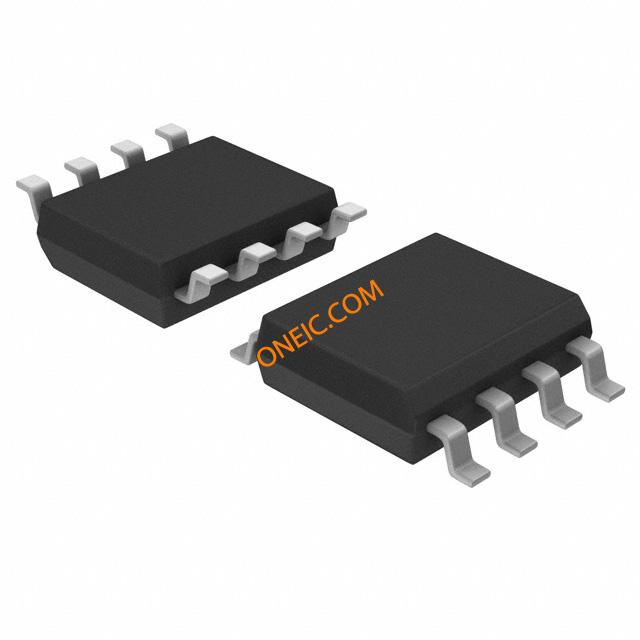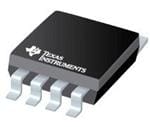TLC2272QDRQ1
Automotive-grade rail-to-rail operational amplifiers in compact SOIC packages
Manufacturer: ['rochester', 'analog-devices', 'ti']
series introduction
# TLC2272QDRQ1: A High - Performance Operational Amplifier for Automotive and Demanding Applications
## 1. Overview
The TLC2272QDRQ1 is a dual operational amplifier (op - amp) that belongs to Texas Instruments' high - performance product line. Specifically designed to meet the stringent requirements of automotive applications, it is AEC - Q100 qualified, which means it has passed a series of rigorous automotive - grade reliability tests. This qualification ensures that the TLC2272QDRQ1 can operate reliably in the harsh automotive environment, including wide temperature ranges, high levels of electrical noise, and mechanical vibrations.
## 2. Key Features
### 2.1 Low Input Bias Current
One of the standout features of the TLC2272QDRQ1 is its extremely low input bias current. With input bias currents in the pico - ampere range, this op - amp is well - suited for applications where high input impedance is required. For example, in sensor interfaces, a low input bias current ensures that the op - amp does not load the sensor, allowing for accurate measurement of the sensor's output signal. This is crucial in applications such as automotive pressure sensors, where small changes in pressure need to be accurately detected and converted into electrical signals.
### 2.2 Low Offset Voltage
The op - amp has a low offset voltage, which is the voltage difference that exists between the two input terminals when the output is supposed to be zero. A low offset voltage is essential for applications that require high precision, such as in automotive battery management systems. In these systems, accurate measurement of the battery voltage is necessary to determine the state of charge and health of the battery. The low offset voltage of the TLC2272QDRQ1 helps to minimize errors in voltage measurement, ensuring more reliable battery management.
### 2.3 Rail - to - Rail Output
The TLC2272QDRQ1 offers rail - to - rail output operation. This means that the output voltage of the op - amp can swing very close to the positive and negative power supply rails. Rail - to - rail output is beneficial in applications where the full range of the power supply voltage needs to be utilized. For instance, in automotive audio systems, it allows for a wider dynamic range of audio signals, resulting in better sound quality and louder volume levels without distortion.
### 2.4 High Slew Rate
The high slew rate of the TLC2272QDRQ1 enables it to handle fast - changing input signals. Slew rate is defined as the maximum rate of change of the output voltage per unit time. In applications such as automotive radar systems, where high - frequency signals are used for object detection, a high slew rate ensures that the op - amp can accurately amplify these fast - changing signals without introducing significant distortion.
### 2.5 Wide Supply Voltage Range
The op - amp can operate over a wide supply voltage range, typically from ±2.25V to ±18V. This wide range of supply voltages makes the TLC2272QDRQ1 versatile and suitable for a variety of automotive and industrial applications. It can be easily integrated into different power supply architectures, providing flexibility in system design.
## 3. Package and Pinout
The TLC2272QDRQ1 is available in a small - outline integrated circuit (SOIC) package, specifically the 8 - pin SOIC package (DR). This package is widely used in the electronics industry due to its compact size and ease of handling during the printed circuit board (PCB) assembly process. The pinout of the TLC2272QDRQ1 is designed in a standard configuration, with clearly defined pins for the two inverting and non - inverting inputs, the two outputs, and the power supply
Images for reference

8-SOIC

Image Preview